MAP sensors
-
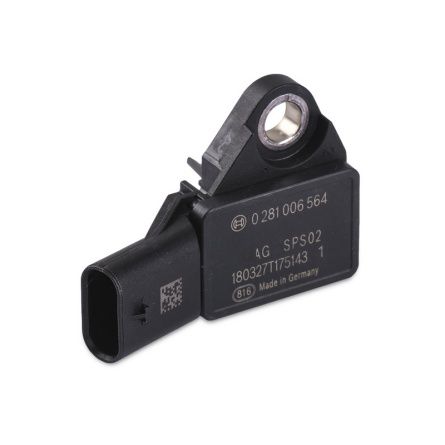
Pressure Sensor
Bosch0 281 006 564£16.37 £13.64 -
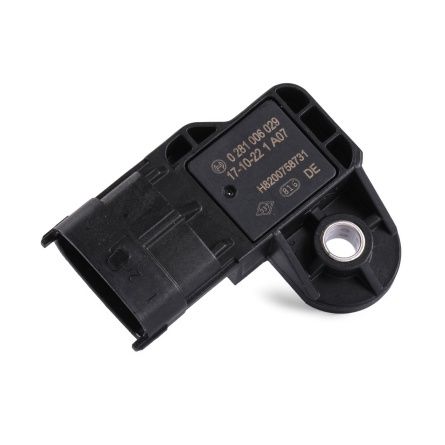
Pressure Sensor
Bosch0 281 002 680£28.66 £23.88 -
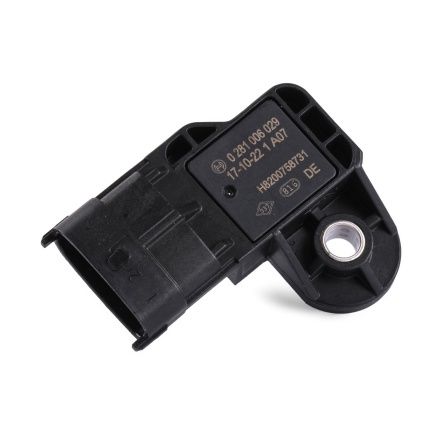
Pressure Sensor
Bosch0 281 002 845£28.66 £23.88 -
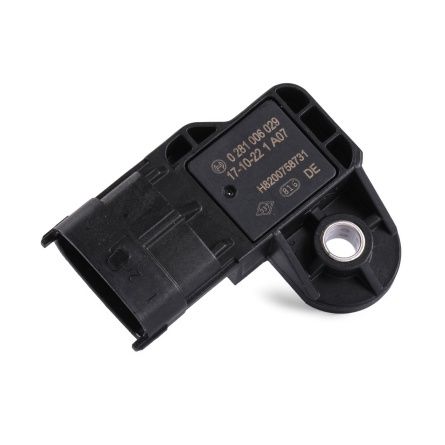
Pressure Sensor
Bosch0 281 006 028£28.66 £23.88 -

Pressure Sensor
Bosch0 281 006 029£28.66 £23.88 -
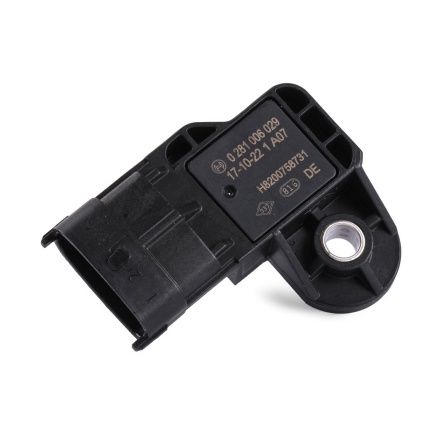
Pressure Sensor
Bosch0 281 006 077£28.66 £23.88 -

Pressure Sensor
Bosch0 281 006 118£28.66 £23.88 -
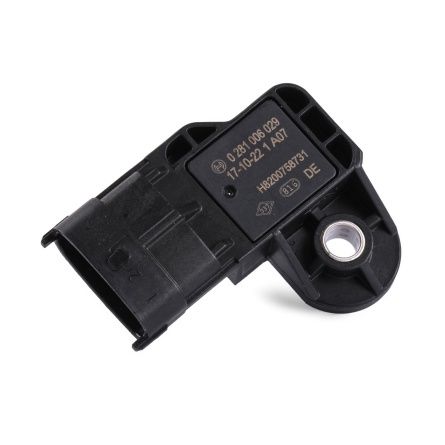
Pressure Sensor
Bosch0 261 230 334£28.66 £23.88 -
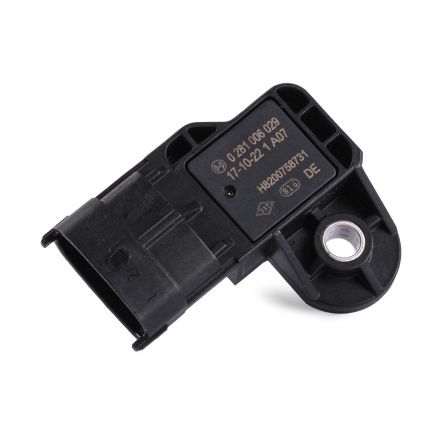
Pressure Sensor
Bosch0 261 230 283£28.66 £23.88 -
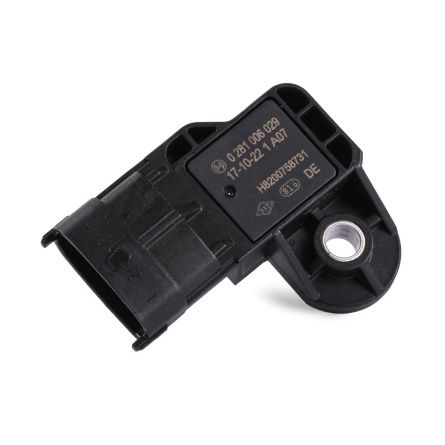
Pressure Sensor
Bosch0 281 006 102£28.66 £23.88 -
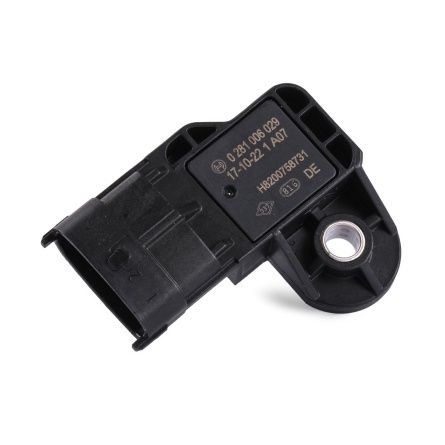
Pressure Sensor
Bosch0 261 230 313£28.66 £23.88 -

Pressure Sensor
Bosch0 281 002 514£28.66 £23.88 -
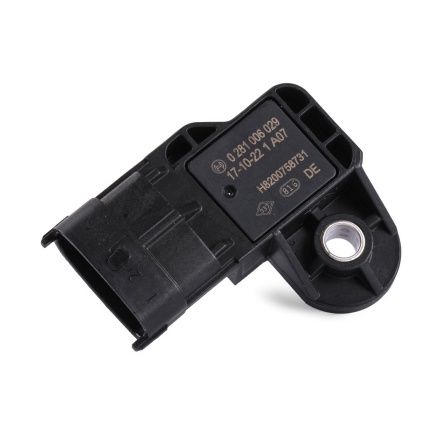
Pressure Sensor
Bosch0 261 230 424£28.66 £23.88 -
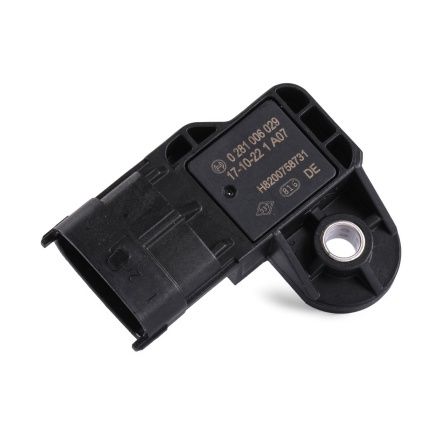
Pressure Sensor
Bosch0 281 002 456£28.66 £23.88 -
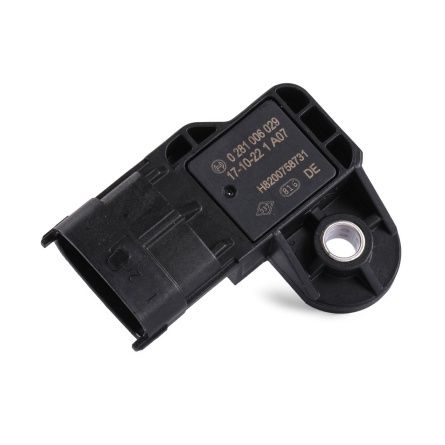
Pressure Sensor
Bosch0 261 230 268£28.66 £23.88 -
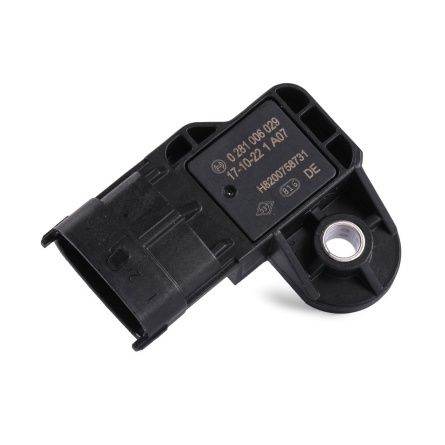
Pressure Sensor
Bosch0 261 230 042£28.66 £23.88 -
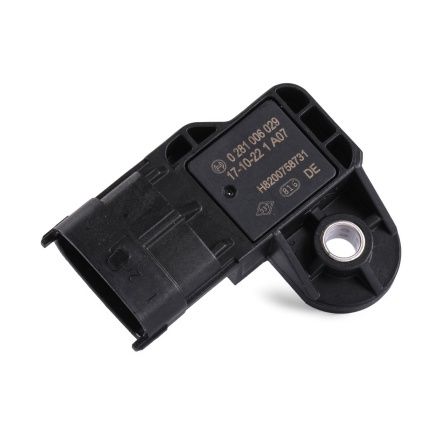
Pressure Sensor
Bosch0 281 002 576£28.66 £23.88 -
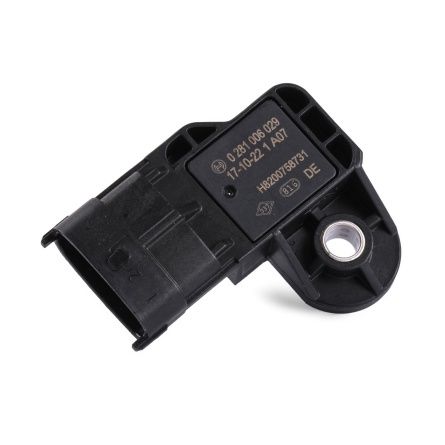
Pressure Sensor
Bosch0 261 230 422£28.66 £23.88 -

Pressure Sensor
Bosch0 261 230 449£28.66 £23.88 -
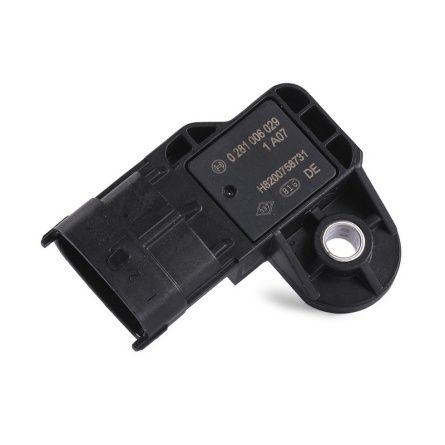
Pressure Sensor
Volvo20524936£28.66 £23.88 -
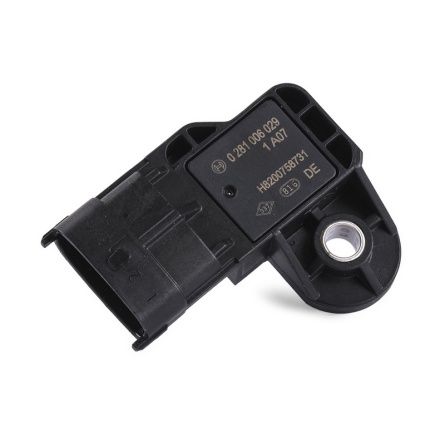
Pressure Sensor
FordBV6Z-9F479-A£28.66 £23.88 -

Pressure Sensor
FordCV2Z-9F479-A£28.66 £23.88 -
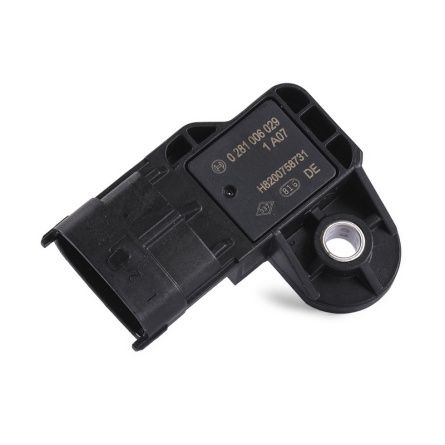
Pressure Sensor
FordCV2Z-9F479-AA£28.66 £23.88 -
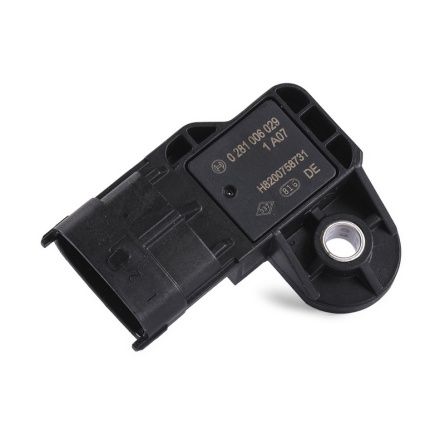
Pressure Sensor
Jeep68211211AA£28.66 £23.88 -

Pressure Sensor
Fiat4627187AA£28.66 £23.88 -
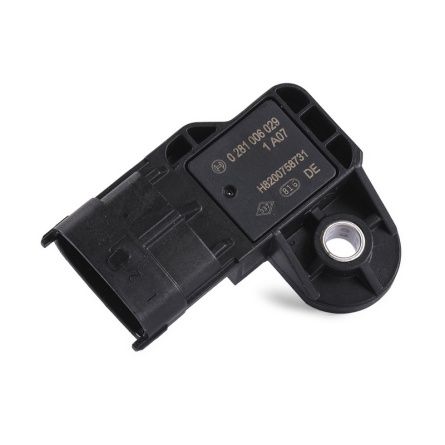
Pressure Sensor
Fiat68093409AA£28.66 £23.88 -
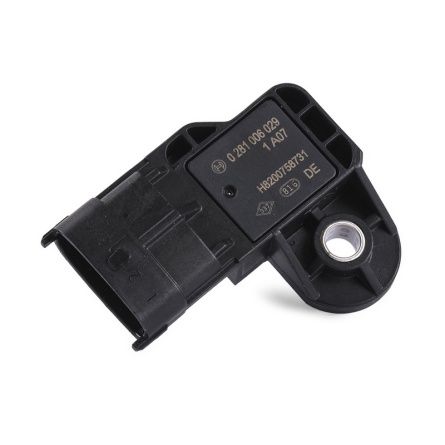
MAP sensor
Bosch0261230281£28.66 £23.88 -
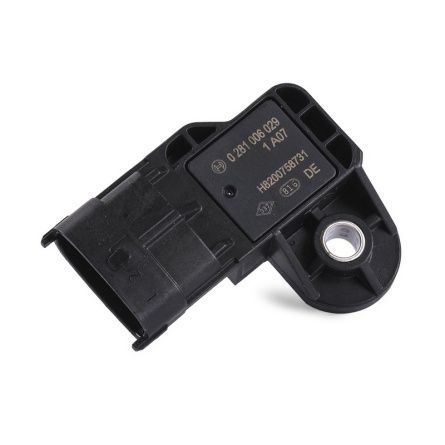
MAP sensor
Bosch0281002437£28.66 £23.88 -
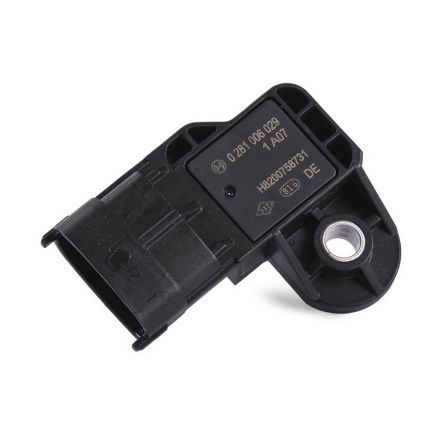
MAP sensor
Bosch0281002680£28.66 £23.88 -

MAP sensor
Bosch0281002845£28.66 £23.88 -
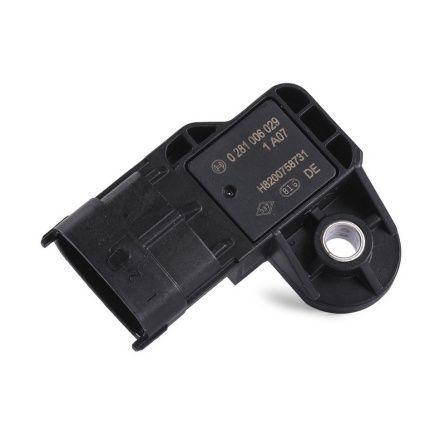
MAP sensor
Bosch0281006028£28.66 £23.88 -
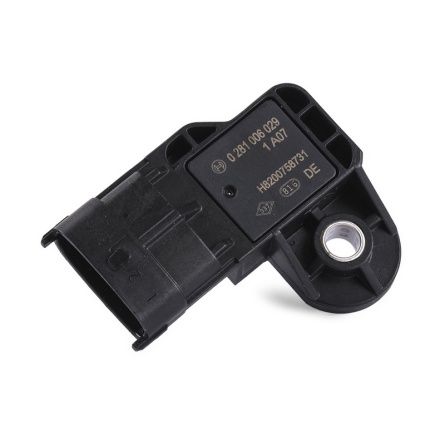
MAP sensor
Bosch0281006029£28.66 £23.88 -

MAP sensor
Bosch0281006077£28.66 £23.88 -
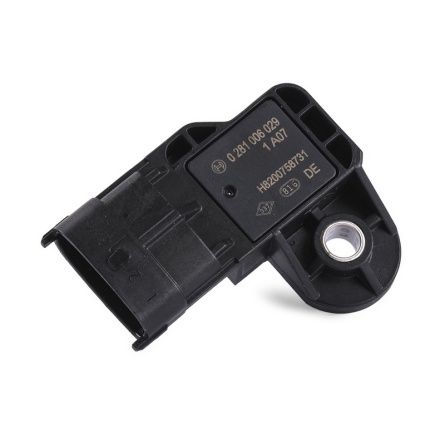
MAP sensor
Bosch0281006118£28.66 £23.88 -
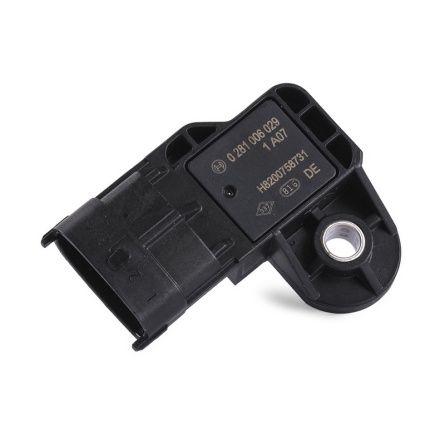
MAP sensor
Bosch0261230334£28.66 £23.88 -

MAP sensor
Bosch0261230283£28.66 £23.88
MAP sensors
In the intricate world of modern automotive engineering, MAP sensors play a vital role in ensuring optimal engine performance and efficiency. By accurately measuring the manifold absolute pressure within the intake system, this intelligent device allows the engine control unit to calculate the precise air-fuel ratio required for smooth combustion, responsive acceleration, and reduced emissions. Without a properly functioning map sensor, even the most advanced engine can suffer from poor throttle response, unstable idling, or increased fuel consumption. Complementing this system is the oil pressure sensor — an equally essential component that monitors the lubrication system’s condition. Together, these two sensors form a crucial part of a vehicle’s diagnostic and performance monitoring network, safeguarding both power and reliability under all driving conditions.
Understanding MAP Sensors
MAP sensors, or Manifold Absolute Pressure sensors, are precision electronic components designed to measure the pressure inside the intake manifold of an internal combustion engine. This information is essential for the engine control unit (ECU), which uses the data to determine the engine load and calculate the optimal air-fuel mixture. By knowing the exact pressure within the intake system, the ECU can adjust fuel injection and ignition timing with remarkable accuracy, ensuring efficient combustion under all driving conditions. A properly functioning MAP sensor allows the engine to deliver smooth performance, strong acceleration, and improved fuel economy while minimizing emissions. In contrast, a faulty unit can lead to poor throttle response, unstable idling, excessive fuel consumption, or even stalling, making it a critical element in maintaining both performance and efficiency in any modern vehicle.
How MAP Sensors Work
The operation of a MAP sensor is based on the precise measurement of air pressure within the intake manifold — a key factor in determining how much air is entering the engine at any given time. Inside the sensor, a silicon diaphragm equipped with piezoresistive elements reacts to pressure variations. When the pressure changes — such as during acceleration or engine load adjustments — the diaphragm flexes, altering its electrical resistance. This resistance change is converted into a voltage signal, which is transmitted to the engine control unit (ECU).
The ECU interprets this voltage to calculate the air density and engine load, which directly influence both fuel injection quantity and ignition timing. At low manifold pressure, typically when the throttle is closed or the engine is idling, the ECU reduces the amount of fuel delivered. At higher pressure, when the throttle is wide open, it increases fuel delivery to maintain the ideal stoichiometric ratio. By constantly monitoring these pressure variations, the sensor enables the ECU to fine-tune combustion, ensuring smooth performance, reduced emissions, and optimal fuel economy across all operating conditions.
Common Issues with MAP Sensors
Like many electronic components, MAP sensors can deteriorate or become contaminated over time, leading to inaccurate readings and engine performance problems. One of the most common issues is contamination from oil mist, dirt, or carbon buildup inside the intake manifold, which can interfere with the sensor’s diaphragm. Electrical issues — such as corroded connectors, damaged wiring, or internal circuit faults — may also distort pressure readings and cause incorrect data to reach the ECU.
When a MAP sensor malfunctions, drivers may experience rough idling, hesitation during acceleration, increased fuel consumption, or reduced engine power. The “Check Engine” light often illuminates as the ECU detects out-of-range pressure signals. In severe cases, the engine may stall, misfire, or exhibit poor starting behavior. Diagnosing these issues typically involves scanning for error codes with an OBD-II tool, checking voltage outputs at different throttle positions, and inspecting the wiring harness and vacuum hoses. Cleaning the sensor can sometimes restore functionality, but if readings remain unstable or inconsistent, replacement is usually the best option. Regular maintenance and timely inspection help ensure the sensor continues to provide accurate data for reliable, efficient operation.
MAP Sensors vs. Oil Pressure Sensors
While both MAP sensors and the oil pressure sensor are vital for maintaining engine health, they perform very different functions within the vehicle’s control systems. The MAP sensor belongs to the air intake and fuel management system, where it measures manifold pressure to regulate combustion and improve engine efficiency. It ensures that the engine breathes properly and that the correct amount of fuel is injected at all times.
The oil pressure sensor, on the other hand, is part of the lubrication system. It continuously monitors oil pressure to confirm that the engine’s moving parts are adequately lubricated. If pressure drops below a safe threshold, the sensor triggers a dashboard warning to prevent damage caused by friction or overheating.
Together, these two sensors complement each other — the MAP sensor ensures efficient power generation, while the oil pressure sensor protects the engine’s internal components. A failure in either can severely affect performance and reliability: a faulty MAP sensor disrupts combustion and increases fuel consumption, while a defective oil pressure sensor can lead to undetected mechanical wear. When both work properly, they help maintain the delicate balance between efficiency, performance, and longevity that defines a well-functioning engine.